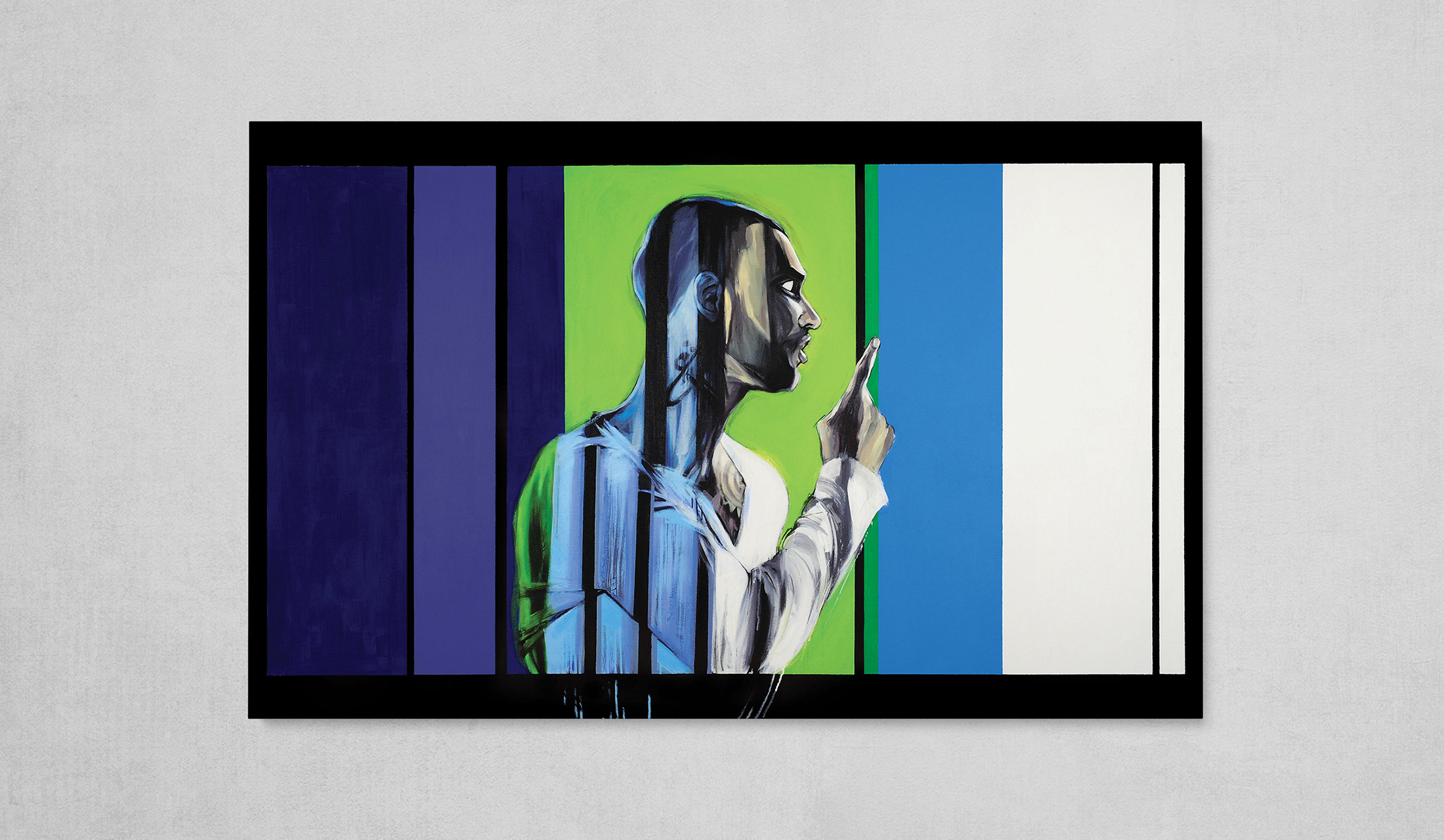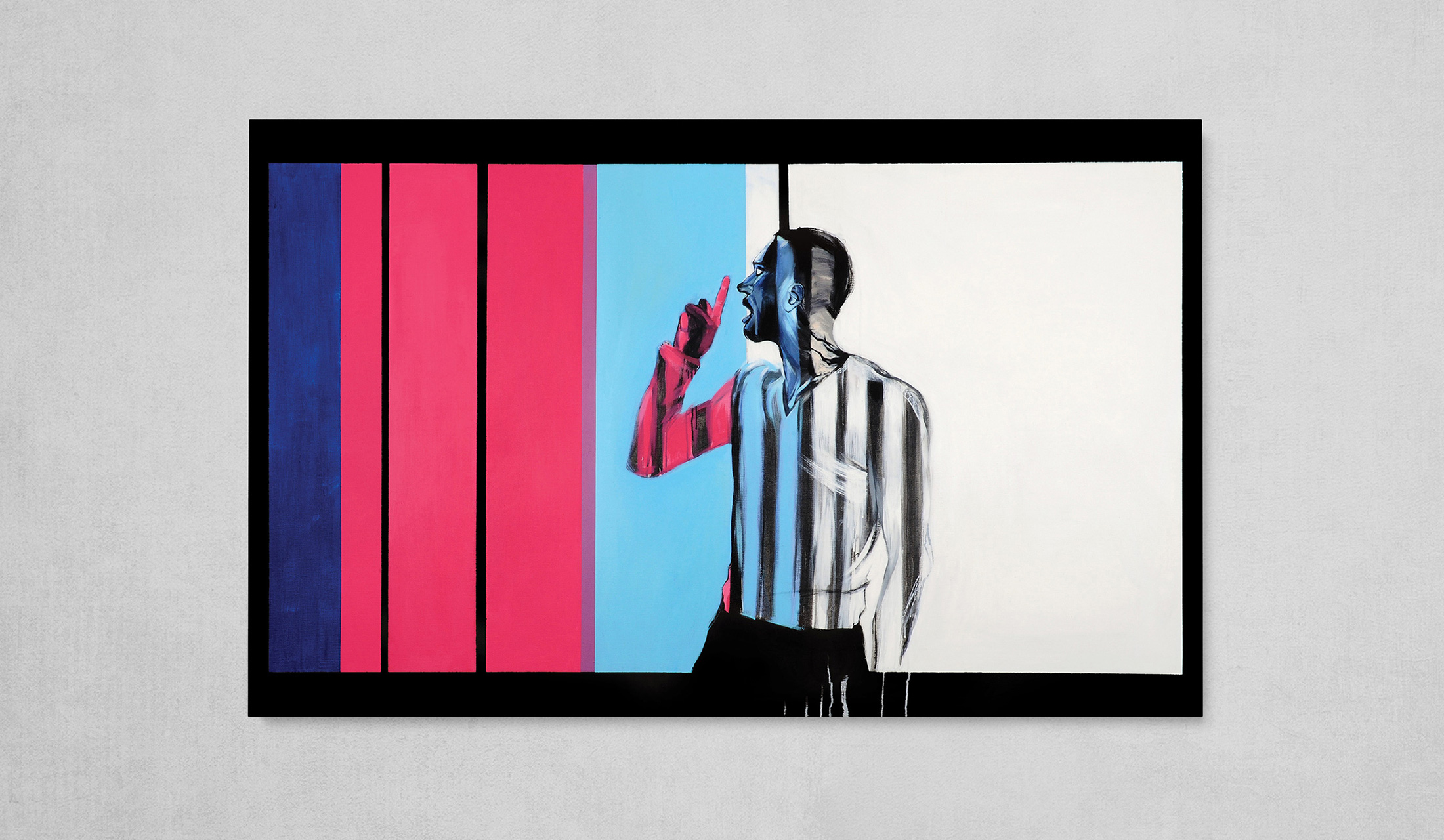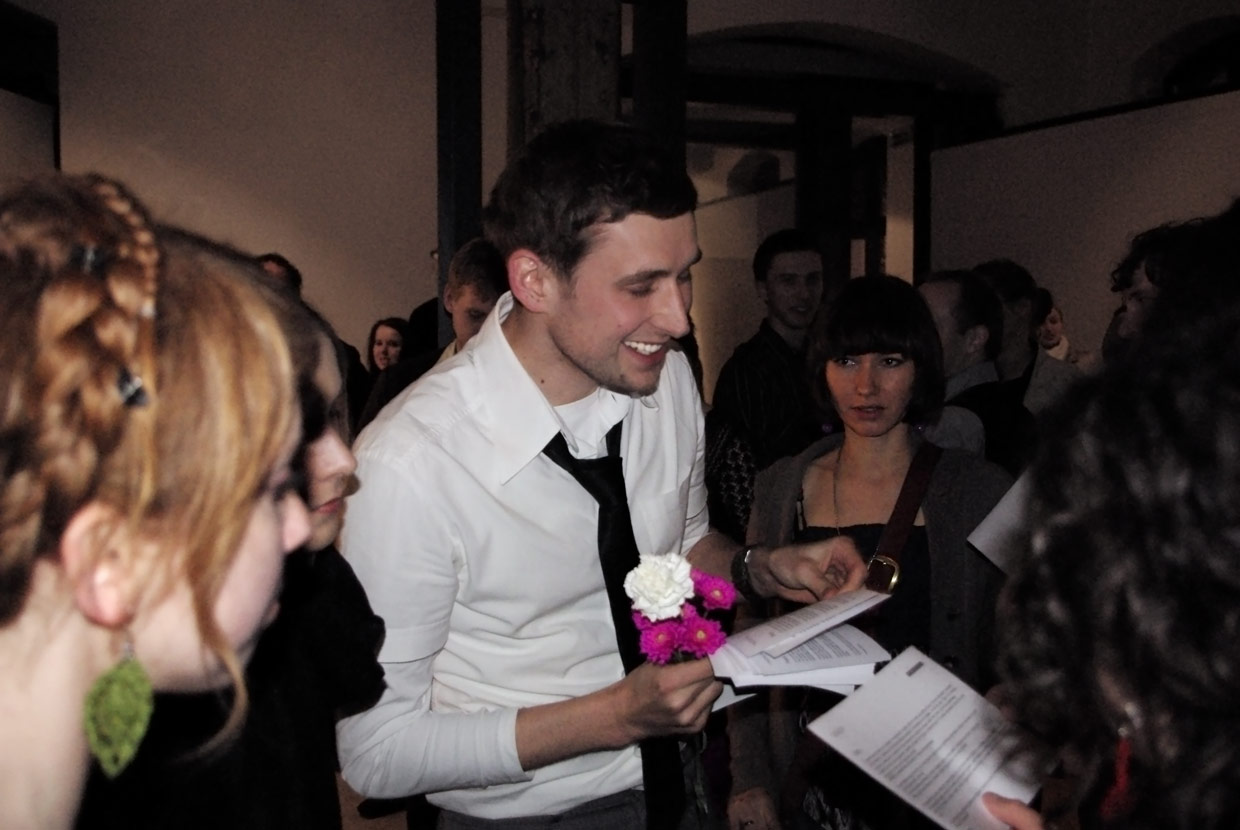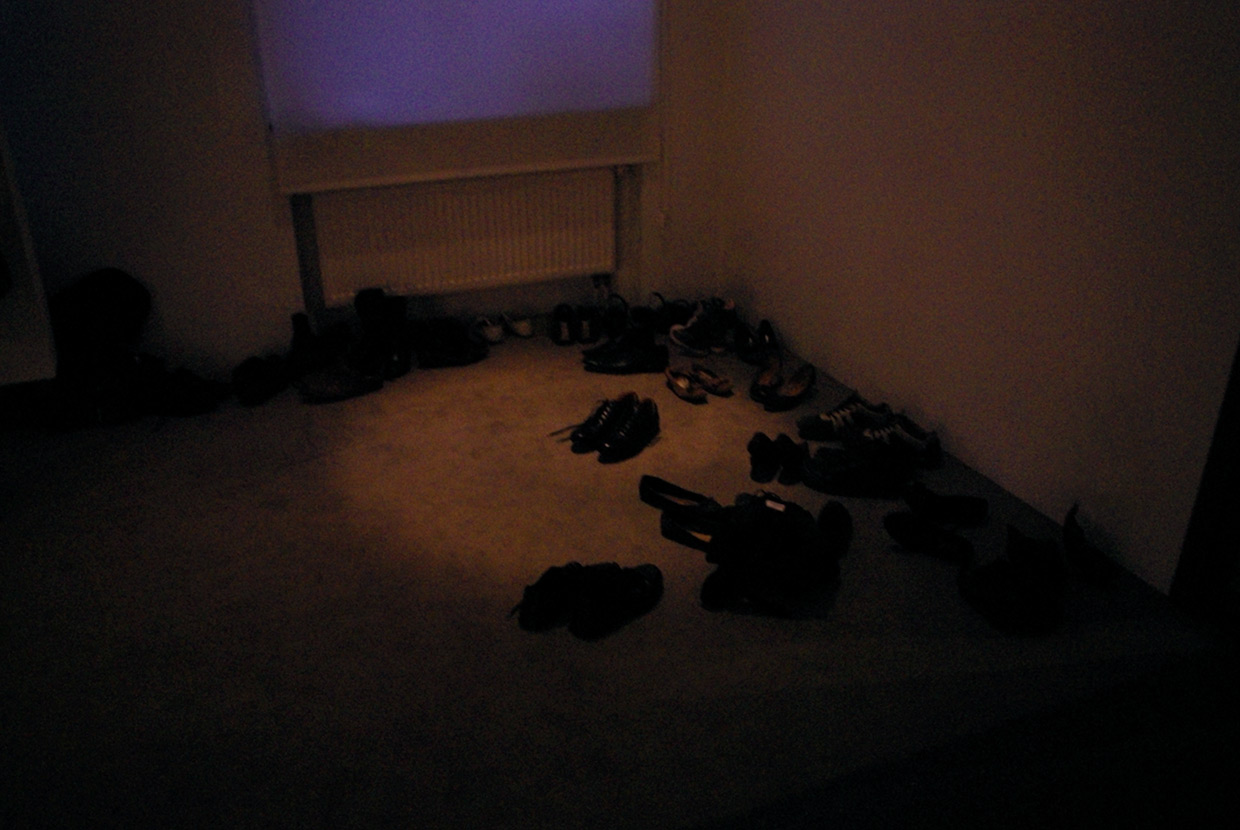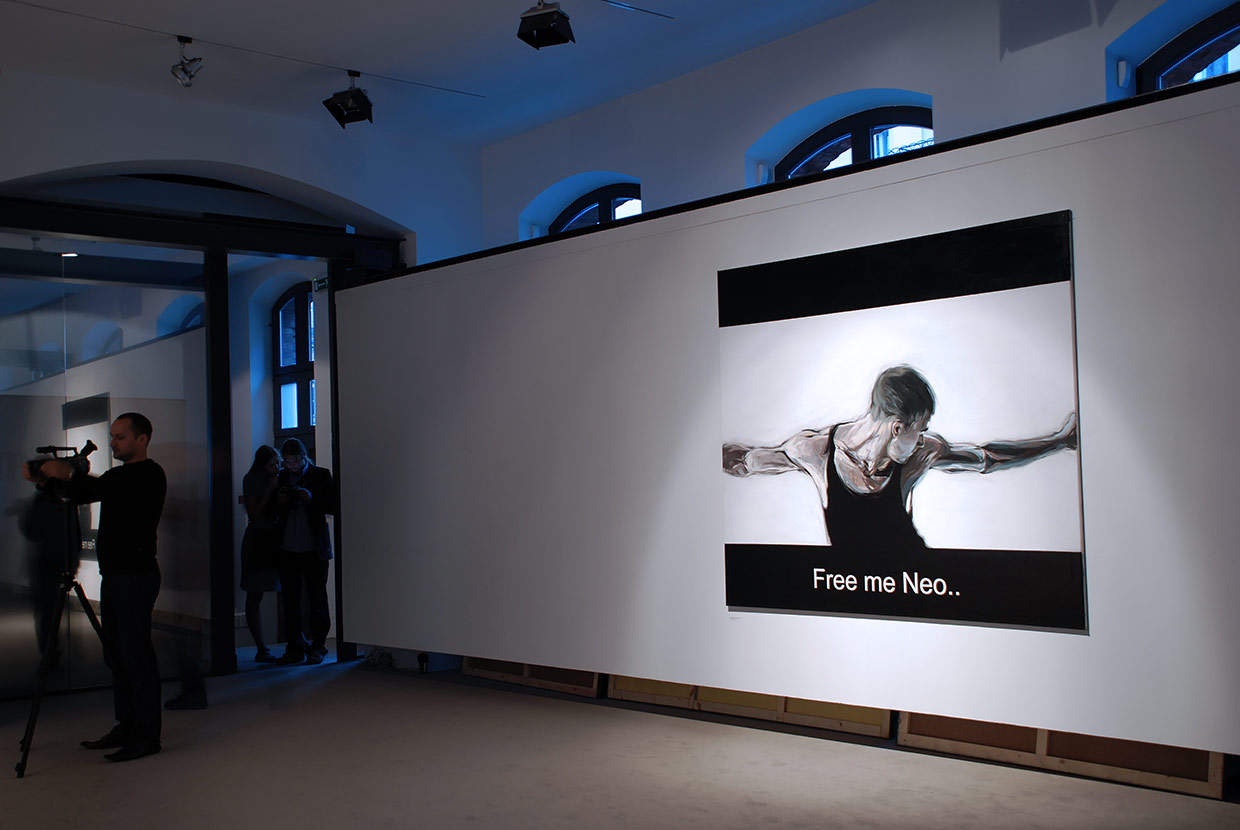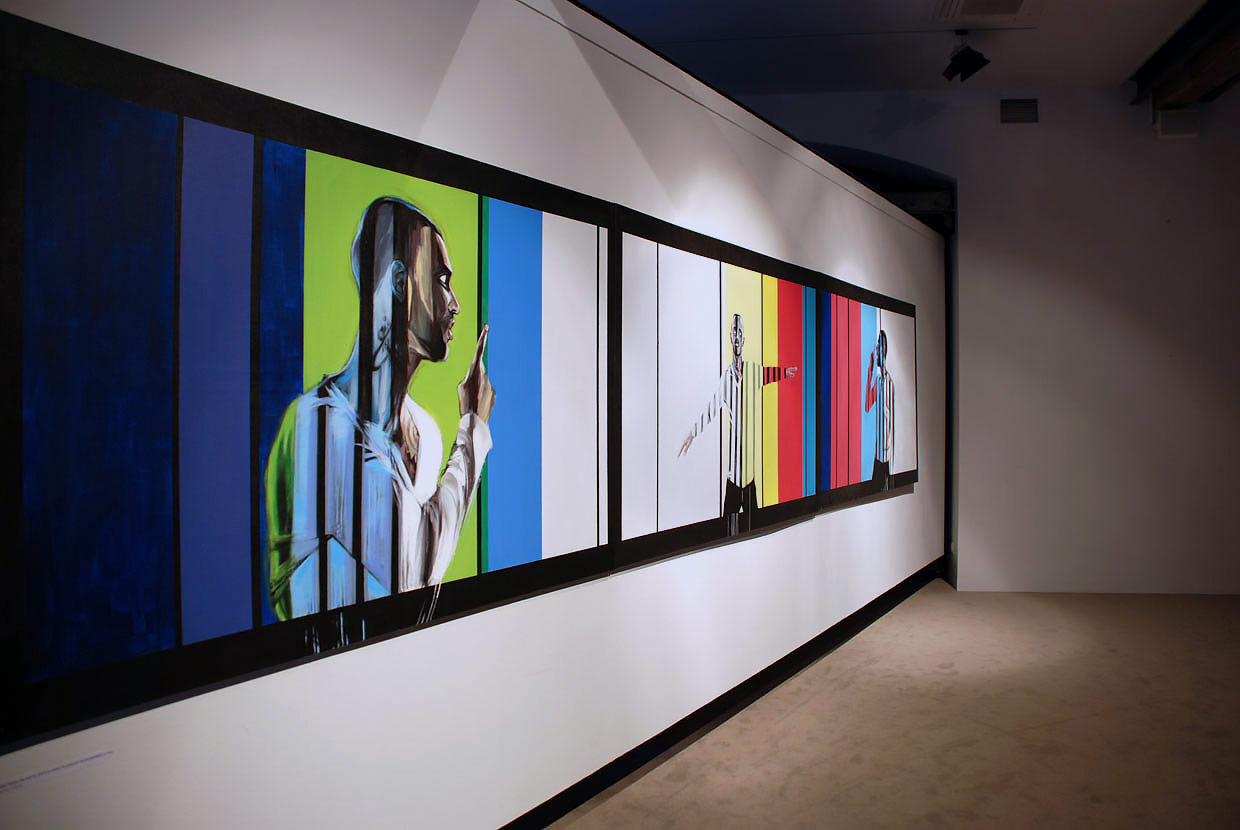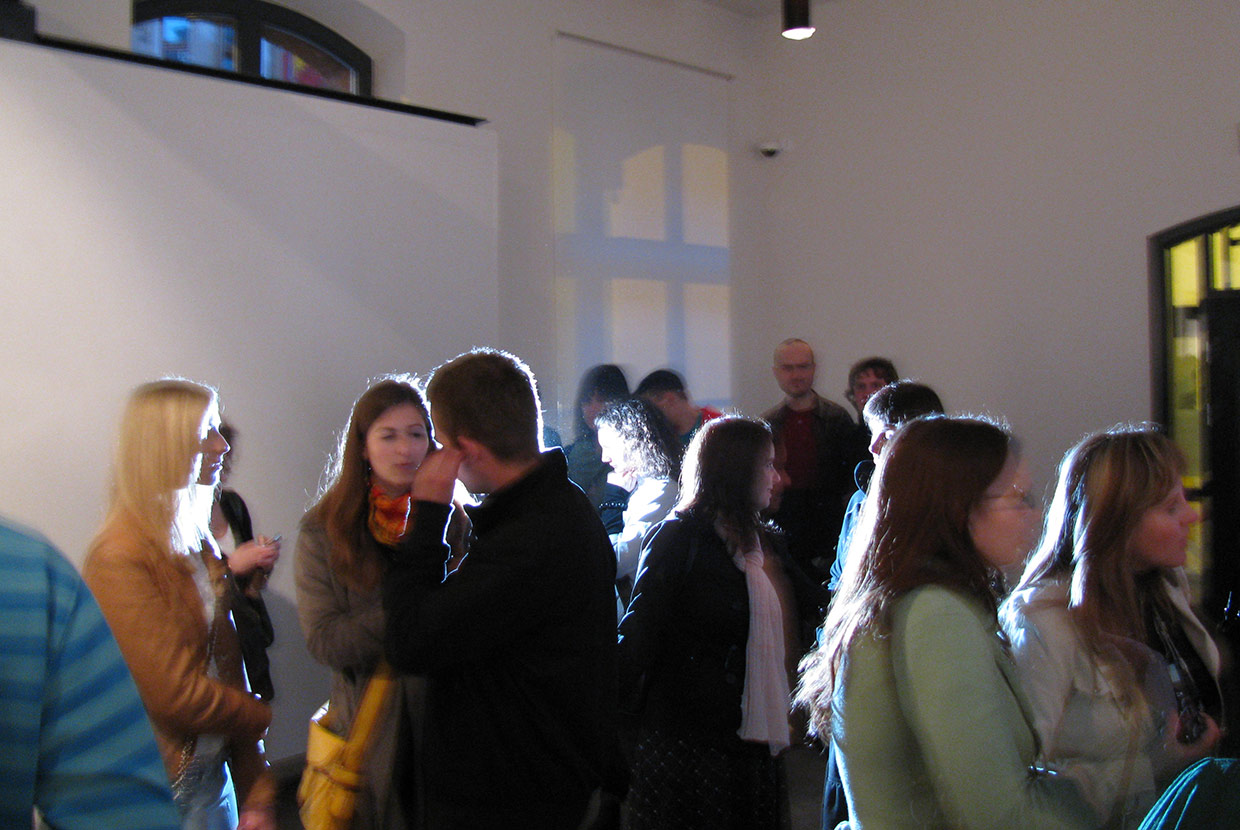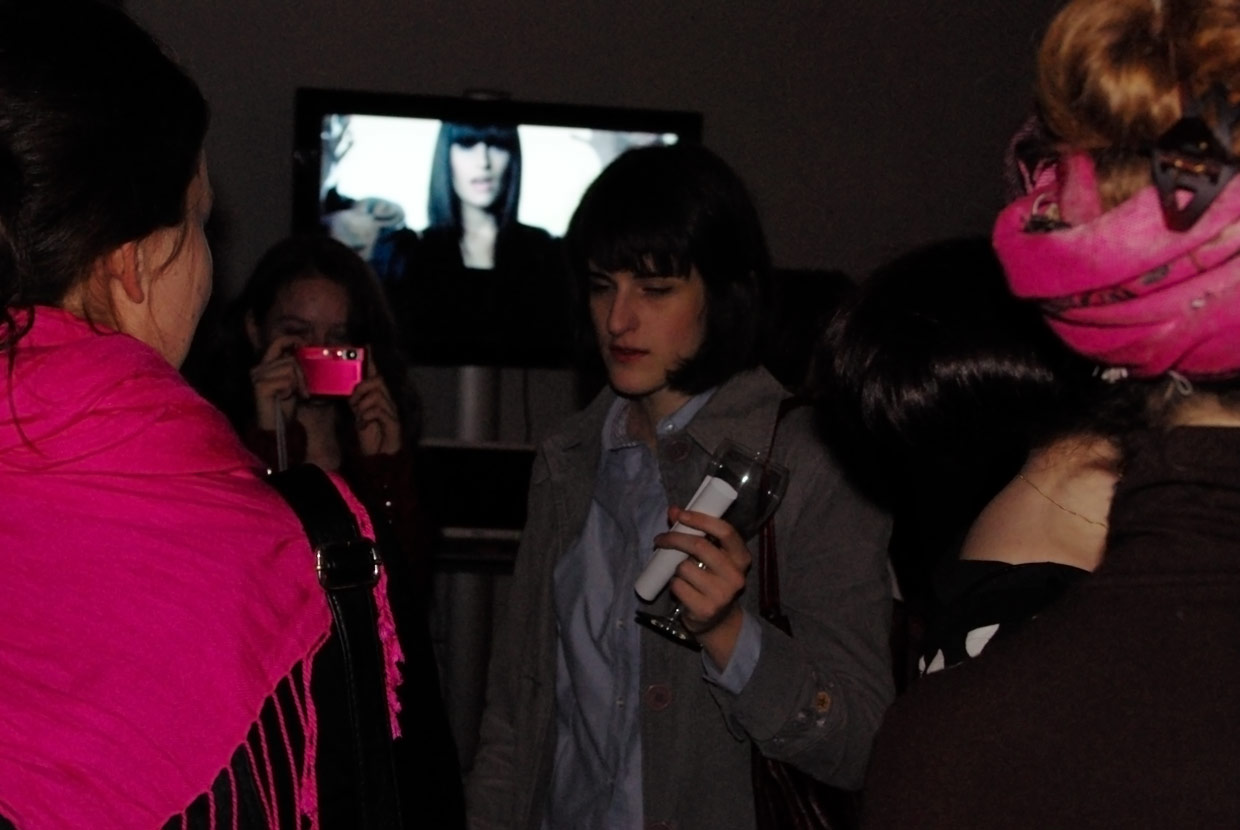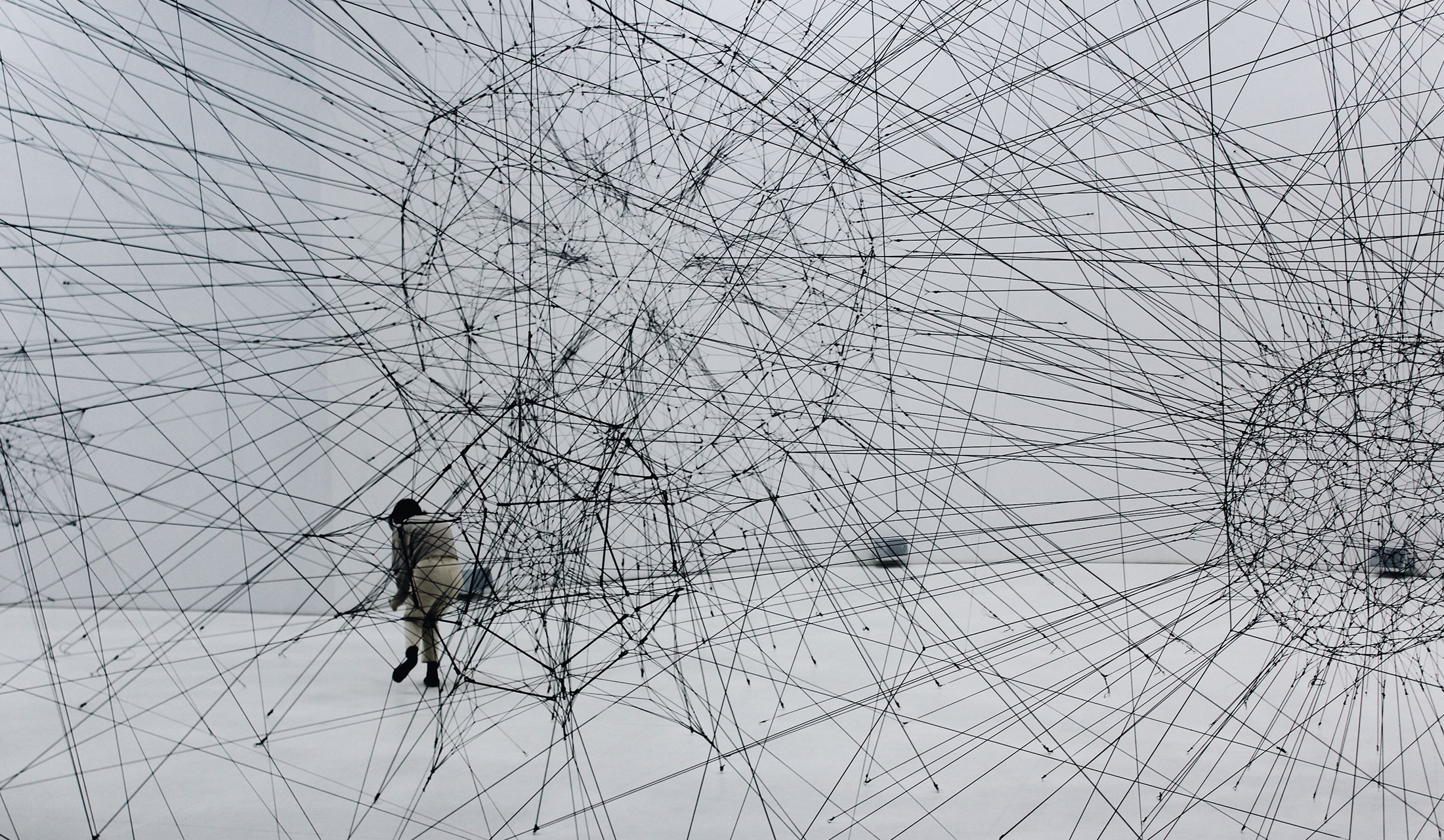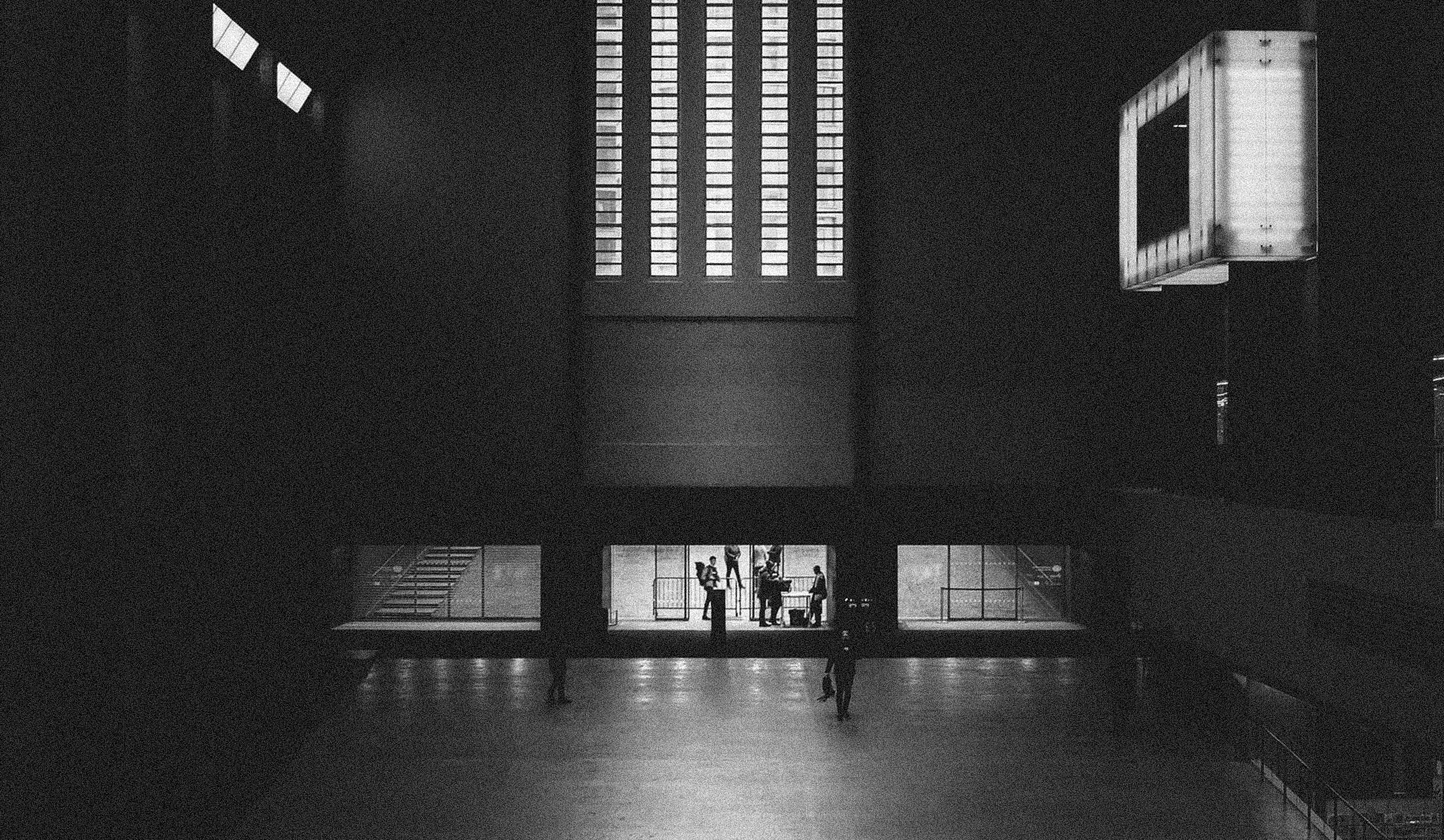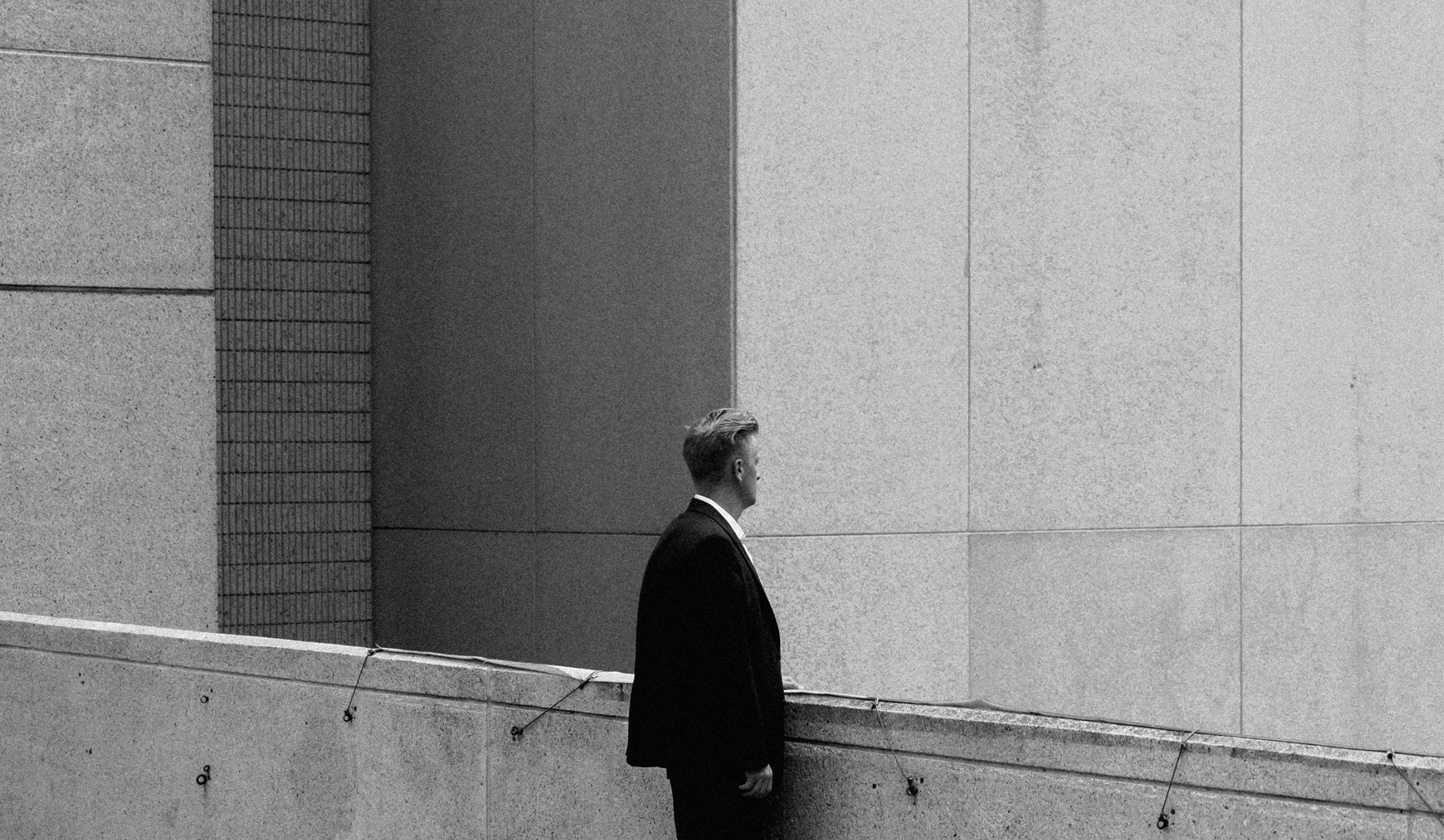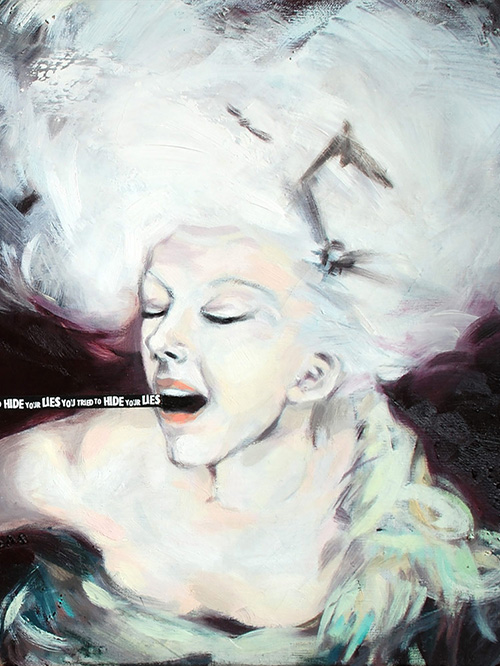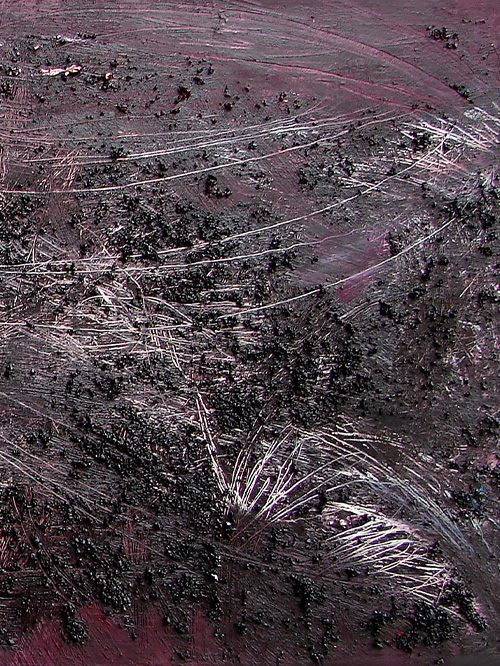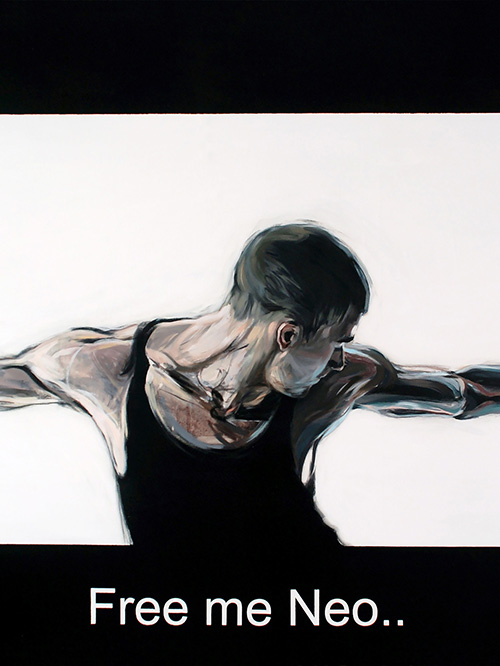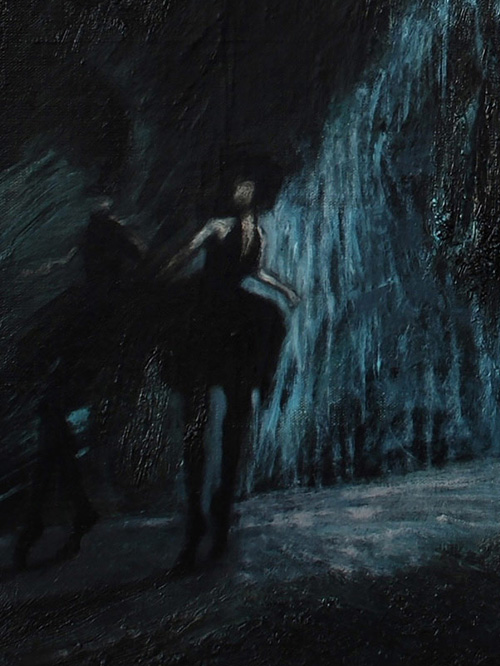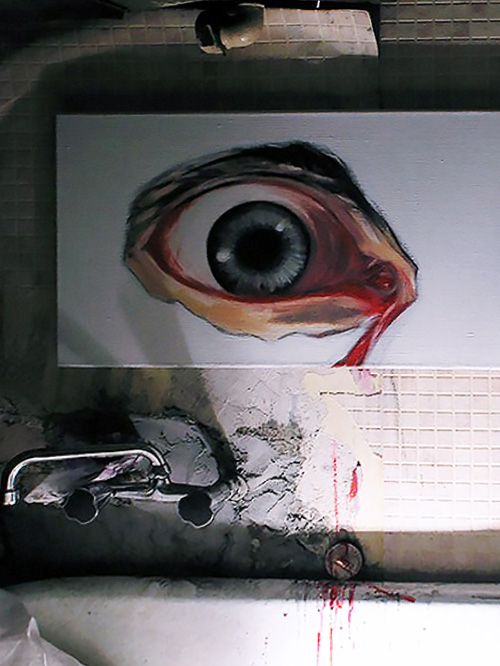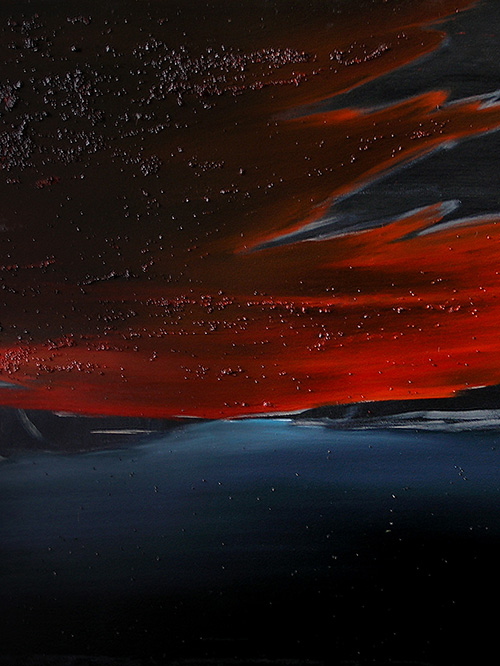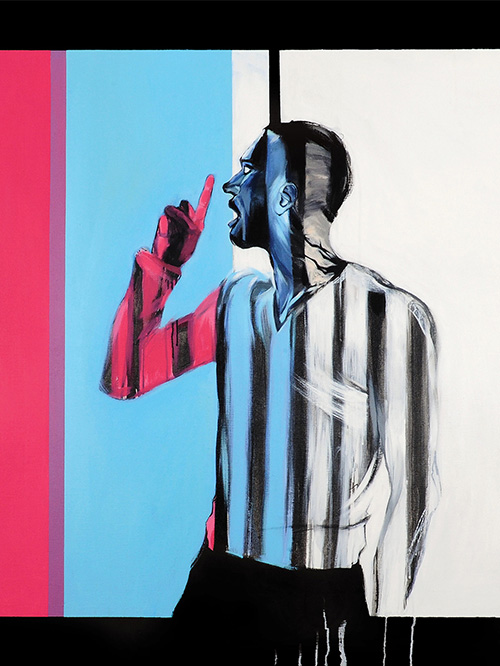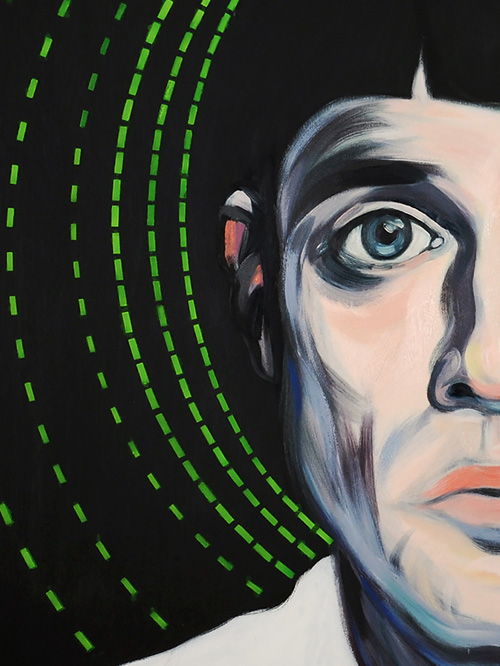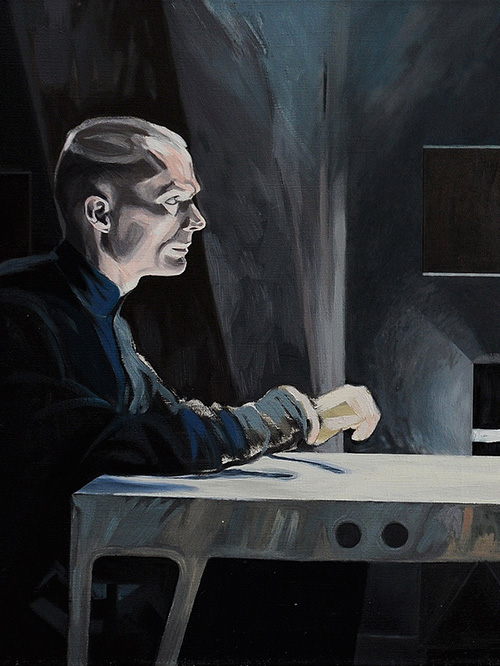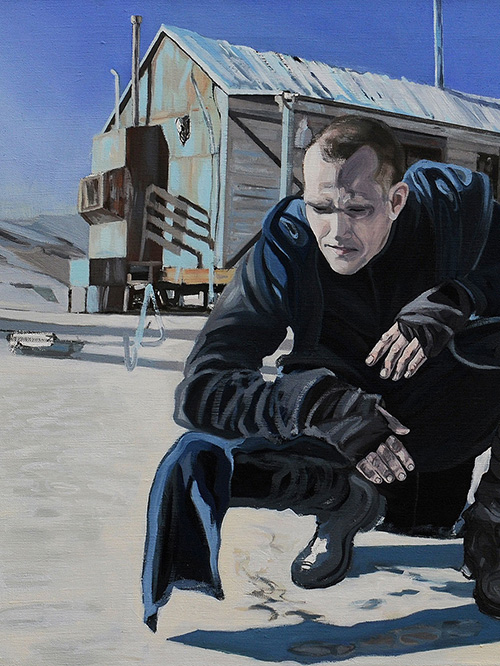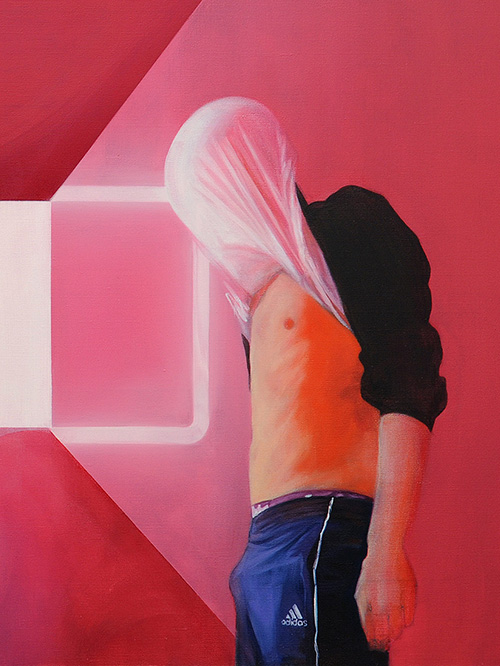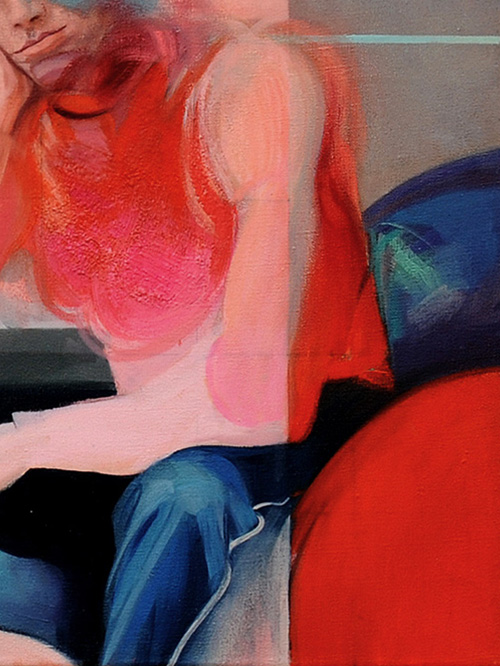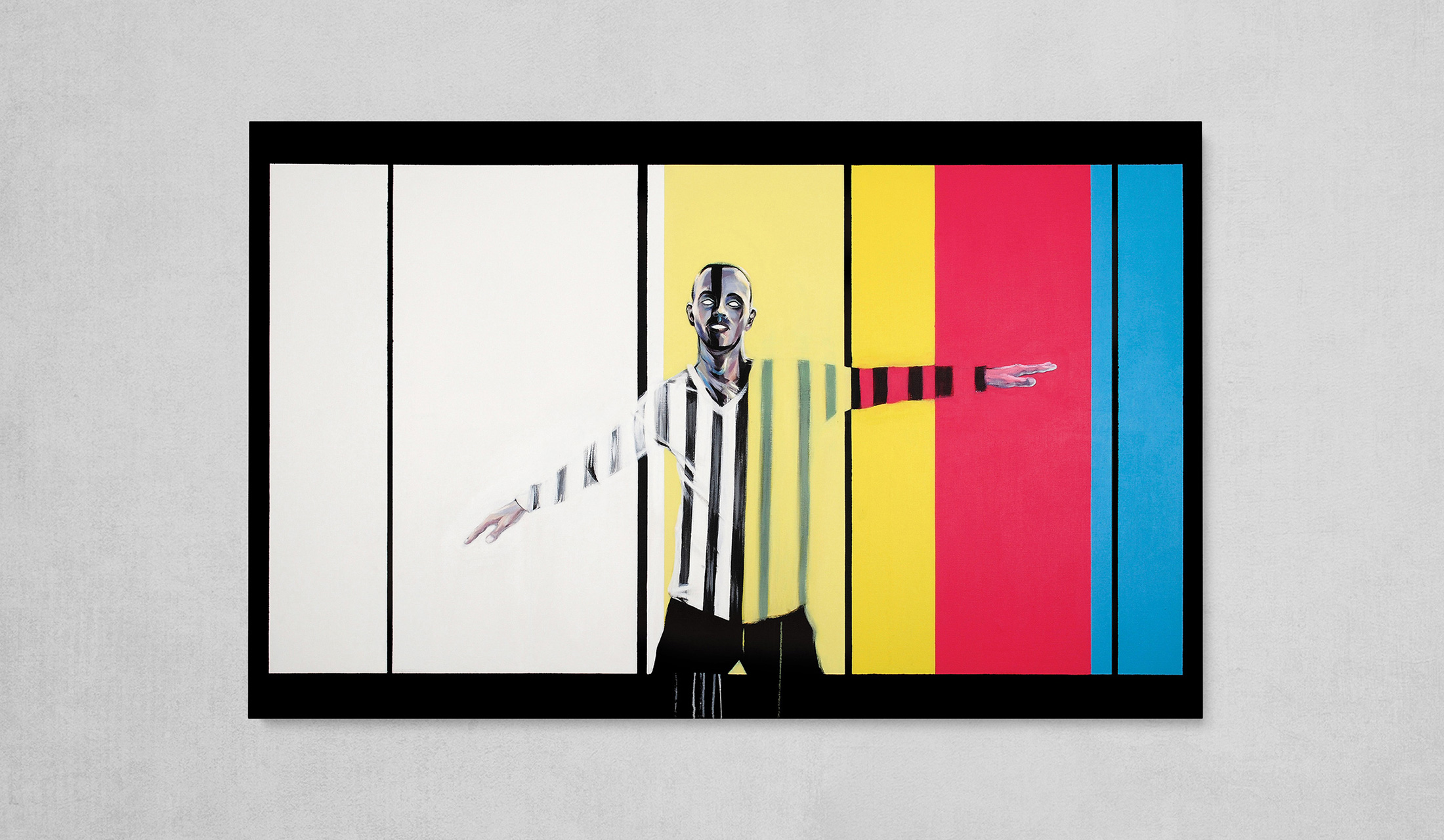
Party – a pop-culture carnival
Our silence is broken by pop music; we are surrounded by colourful music videos. An attack by sound, word, and image. Speed and dynamism. We enter the reality of a myth; we dream again of a story about ourselves. We live, dream, and change. We are at the party!
“As a matter of fact, the carnival does not distinguish between performers and spectators. It does not recognise any footlights. Footlights would destroy the carnival (and vice versa – elimination of footlights would destroy the stage performance).
Carnival is not to be watched – one lives in it.
Everyone lives in it because, by its very nature, it is universal. As long as the carnival continues, there is no other life for anyone apart from the carnival. You cannot escape from it because the carnival has no spatial boundaries. During the carnival, one can only live according to its laws, namely the laws of carnival liberty (…)”. [1]
“Party” is an artistic situation, whose purpose is to draw our attention to the context of man, mass culture, and popular music, but also elements of that culture, including music videos and advertisements, as sources of artistic inspiration.
“Party” celebrates the time of the artist and his guests, it is an authentic and joyful meeting of people with art, it breaks with the dead silence of a white cube gallery.
Finally, the “Party” resets awareness, introduces a distance, and offers a fresh look at reality.
Can pop culture be unpopular in this context? According to M. Bachtin,
“the carnival sanctifies freedom of fiction, allows to unite what is diverse and bring closer what is distant, helps to free oneself from the pressure of the prevailing world view, all the conventions, commonly held beliefs, the pressure of everything that is ordinary, routinised, and generally accepted, offers a fresh look at the world and an experience of the relativity of everything that exists, and gives a sense of a completely different future world order”. [2]
In light of the above quote, should we not look at our contemporary party as a transposition of the medieval carnival?
A series of three paintings for the “Party” project, with the full title “If what you want to say is not more beautiful than silence, remain silent” (125 x 200 cm each, acrylic on canvas, 2009) was inspired by pop music, and more precisely the music video “They talk shit about me” by Matt Pokora. The title of the paintings is a translation of one of the tattoos of the artist. The whole series became a part of an exhibition, during which the visitors were exposed to loud music and asked at the entrance to take off their shoes, thus accepting the order of the artistically created carnival.
The aim of the event called “Party” was to break with traditional silence of a white cube gallery. It was a party to which the artist invited his guests to celebrate with them playtime and offer them an unrestrained meeting with his art in the tradition of the medieval carnival.
The official opening of the “Party” exhibition took place on the 16th of May 2009 at “Signum Foundation” (the former Józef Zeyland Factory) in Poznan, Poland.
[1,2] Bachtin, M., Introduction, Rabelais and His World.
Articles
Metauniverse – the reality of music videos
We do not exist without stories. We are narrators in the world of hypertext, sometimes in the first, other times in the third person. A music video, which runs on average for...
Parallels between art and language
I understand art as innovation, fluid matter without clear boundaries that spills out over all walks of life and all types of human experience. I understand art as innovation...
Hierofany of pop culture Messiah
Pop culture Hierophany, or manifestations of the sacrum, is carried out in commercial spaces of modern department stores. Where each of us can find our own private messiah...
Articles
Inner speech and tacit knowledge
Probably each of us has talked to oneself, if not aloud, then at least in thoughts. Man is entangled in a continuous dialogue not only with other people but also with himself...
Mass Culture and Popular Culture
The industrial revolution was the butterfly effect that caused a cultural tsunami. Wave after wave, the world has been flooded with cocktails of content turning it into a global...
Postmodernity – Fusion of High and Low Art
“Fluids travel easily. (…) they pass around some obstacles, dissolve some others and bore or soak their way through others still”. According to Bauman, we are...
Words of art
Art begins with void – the empty abyss of white emanating from paper or canvas. But void ends with the emergence of awareness, and thus thought – silent naming. So, the word...


